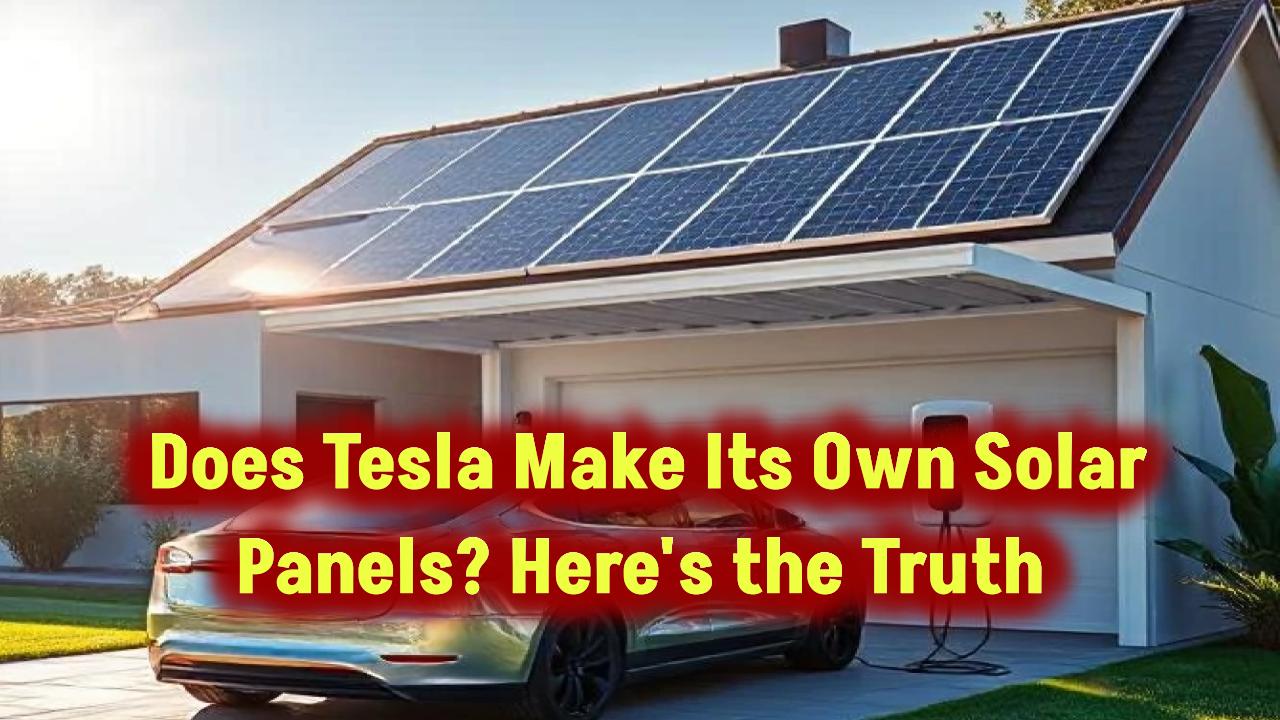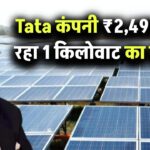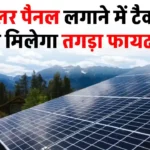
Europe’s clean energy push is not just reducing emissions—it’s reshaping stock markets. Thanks to landmark policies like the European Green Deal and REPowerEU, the solar industry across the continent is enjoying a historic boom. But is it just a climate win, or also a goldmine for investors?
Let’s unpack how green energy policies in Europe are supercharging solar stock growth, what this means for global investors, and where the biggest opportunities lie.
What’s Powering Europe’s Solar Boom?
Europe is putting its money where its climate goals are.
1. REPowerEU in Action
REPowerEU is more than a buzzword. Launched to counter both energy insecurity (post-Ukraine crisis) and climate risk, it includes:
- 600 GW solar capacity target by 2030.
- Mandatory rooftop solar on new commercial/public buildings by 2027.
- Over €210 billion in funding to boost clean energy rollout.
2. The European Green Deal
This umbrella policy aims to make Europe the first climate-neutral continent by 2050. To do that, it heavily backs renewable energy infrastructure, including:
- Direct investment in solar farms.
- Subsidies for solar manufacturers.
- Support for energy storage and grid upgrades.
How These Policies Drive Stock Market Growth
1. Locked-In Government Demand
With new laws requiring solar integration, solar companies have a guaranteed market. That gives investors predictability, which drives stock valuations.
2. Massive Capital Inflows
Billions in EU grants, loans, and R&D incentives are being pumped into:
- Solar R&D
- Panel production
- Battery storage
This leads to startup booms, public-private partnerships, and IPOs of solar firms across Europe.
3. Supply Chain Localization
Europe is actively reducing reliance on Asian solar imports. This policy shift boosts local producers’ stock prices, as they gain market share.
Who’s Leading the Solar Race in Europe?
🇩🇪 Germany
- Added 14 GW of solar in 2023 alone.
- Home to SMA Solar and Meyer Burger.
- Offers generous FITs (Feed-in Tariffs) and tax credits.
🇫🇷 France
- Targets 100 GW of solar by 2050.
- Prioritizes agrovoltaics (solar + farming).
- EDF and Neoen are major beneficiaries.
🇪🇸 Spain
- Huge solar radiation advantage.
- Streamlined permitting via Digital Green Certificate platform.
- Iberdrola and Solarpack are strong solar plays.
Investor Snapshot
Swiss-based Meyer Burger revamped its business from semiconductor tools to solar modules in 2020. After EU funding and policy backing:
- Its stock more than doubled from 2021 to 2023.
- Expanded manufacturing in Germany and supports the “Buy European” push.
This shows how pro-policy tailwinds directly affect solar stock valuations.
Europe vs U.S. and China: A Global Solar Showdown
| Region | Policy Strength | Incentives | Market Risks |
|---|---|---|---|
| EU | Very Strong | Grants, mandates, strict timelines | Bureaucracy, slow permitting |
| USA | Growing (IRA, 2022) | Tax credits, subsidies | Policy flip-flops, elections |
| China | Hyper-aggressive | State-owned investments, global exports | Trade tension, overcapacity |
Europe is seen as more stable for long-term investors due to policy consistency.
Solar’s Economic Ripple Effect
The EU’s solar boom isn’t just helping the planet—it’s creating jobs and GDP growth:
- Estimated 584,000 solar jobs by 2025.
- Boost to construction, manufacturing, and software sectors.
- Solar exports are becoming a new economic pillar for nations like Germany.
Challenges to Watch
Despite the boom, there are a few clouds on the horizon:
1. Permitting Gridlock
Red tape still slows large-scale projects. Efforts to simplify procedures are ongoing.
2. Infrastructure Bottlenecks
Outdated grids can’t handle new solar supply. Upgrades are urgent but costly.
3. Import Pressure
China’s low-cost panels threaten EU producers. Trade measures may spark disputes.
How to Ride the Solar Wave
Here’s how to get started if you’re looking to invest:
Step 1: Choose Your Strategy
- ETFs: e.g., Invesco Solar ETF (TAN) or Global X Solar ETF (RAYS).
- Stocks: Consider European firms like SMA Solar, Meyer Burger, or even U.S. firms with EU exposure like Enphase.
Step 2: Time It Smartly
Solar stocks can be volatile. Use market dips as entry points if long-term growth is your goal.
Step 3: Diversify
Don’t just buy panel manufacturers—look at energy storage, software (like energy management), and smart grid firms too.
ever wondered how solar panels are made? discover the fascinating journey from silicon to power
Is the Solar Bubble Bursting or a Buy-the-Dip Opportunity?
5 Genius Solar Hacks That Could Slash Your Electricity Bill Forever
(FAQs)
Q1: Why are solar stocks rising in Europe?
A: EU policies like REPowerEU mandate solar installations, ensure funding, and reduce barriers—creating investor confidence and driving stock prices.
Q2: Which European countries are leading in solar?
A: Germany, France, and Spain are the top three, each with aggressive targets and funding programs.
Q3: What solar stocks should I watch?
A: Meyer Burger, SMA Solar, and SolarEdge (though based in Israel, it’s big in Europe). Also consider solar ETFs with EU exposure.
Q4: Are there risks to investing in solar stocks?
A: Yes—policy dependency, supply chain issues, and tech disruptions. Diversification and timing are key.
Q5: How do EU solar policies differ from the U.S.?
A: EU mandates are more binding and aggressive. The U.S. relies more on tax incentives and state-level actions.








